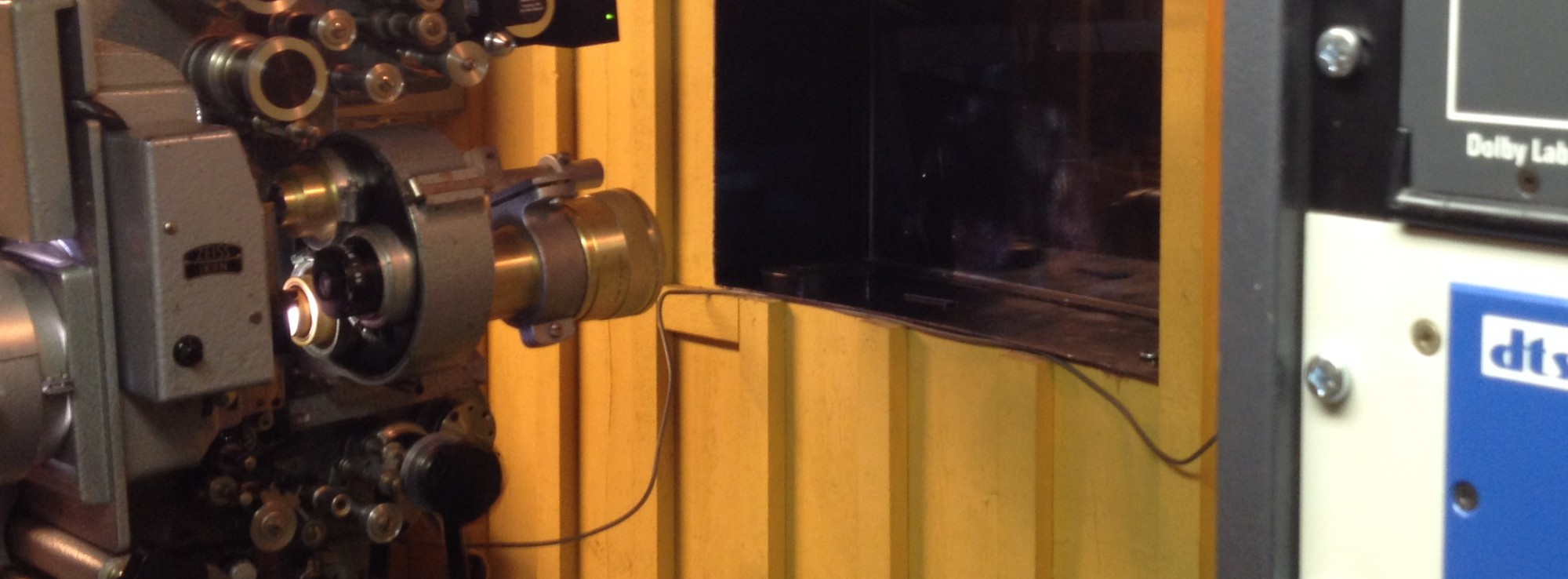Amarok, the best music player there is for Linux or indeed any platform, has been redesigned from the ground up. The old version 1.4, while feature-rich, was apparently up to the standards and visions of the app’s makers, and now, there is a 2.2 out.
Amarok 2.2 is completely different in terms of appearance (and probably even more internally), but right now I’m having lots of trouble getting it to work the way 1.4 did. Here’s what’s bugging me the most:
- I can’t seem to get the playlists to sort my music according to albums without every album on the list being listed once for every song that album contains. VERY frustrating.
- Version 2.2 reintroduced the capability to play audio CDs. However, this feature doesn’t seem to work on my laptop–the CD is listed but just won’t play (even Kscd plays on the laptop and that’s to say a lot). On my desktop, the CDs will play, though.
- CD title lengths are always 0:00. Annoying.
I’m sure these will be sorted out in time, but right now, when KDE 4 is still buggy and unreliable, and Pulseaudio still mutes sound on every boot, there is enough on my plate already to keep me annoyed.
